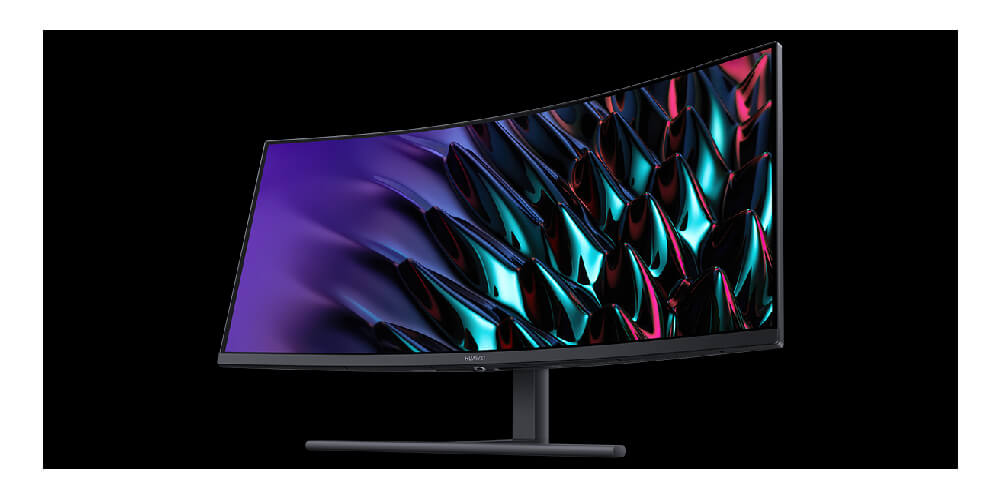Technology, as you don't have to be reminded, moves at a scary pace, with every year bringing around huge changes. But, what are the technologies and products that are really going to make a big difference in 2016? That's what we're setting out in this article. We've deliberately waited until after CES, as we wanted to get the big announcements out of the way to see if there were any big surprises. With that done, each writer has picked a product or technology that they think will be big and why. It's not an exhaustive list, so please feel free to leave a comment stating what you think will be big and why.
Sky Q will change premium TV - David Ludlow
The choice before has always been to buy a premium TV package, such as Sky, but accept the limitation that you can largely watch it in one room only, or go for something more flexible, such as Netflix, but live with the fact that you’re largely not getting the latest content first. Well, no more, as Sky Q is set to completely change the way that watch premium TV and I think it’s going to be big in 2016. The starting point is a set-top box, not too dissimilar to the Sky+ HD box, only the top model has 12 tuners and a bigger hard disk. The number of tuners is all to do with all of the clever things that the box can do.
For starters, there are four tuners for recording, one dedicated to the live channel and one dedicated to picture-in-picture. In other words, no matter what’s on, you’ll be able to record everything and watch something else. Four tuners are for dishing out content over your home network, so you can watch all of your channels and, most importantly, recordings via tablets (via two tuners) or the dedicated Sky Q Mini box (two tuners). Two tuners are reserved for future use.
When it launches in the next few months, Sky Q will be the most flexible premium TV platform, letting you watch all of your content where you want it, all without having to rewire your house. With Ultra HD 4K coming later in the year (hopefully, transmitted via satellite), the physical quality of the content should be improved. This is one that I'm truly excited about.
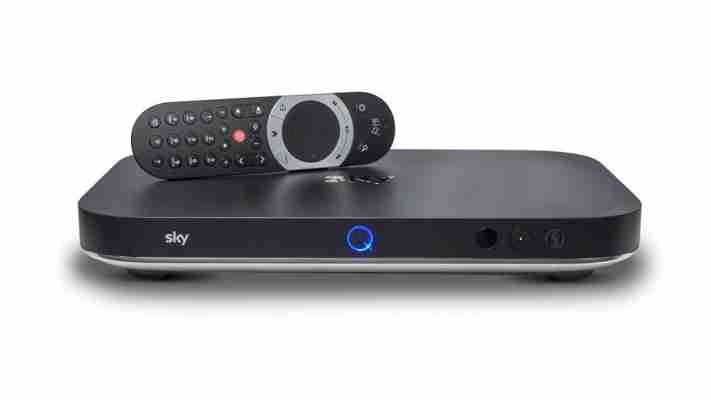
You won't want to live without USB 3.1 and USB-C - Michael Passingham
The USB design is 20 years old this month (happy birthday?) and it continues to frustrate as much as it ever has. Every single USB specification up until now has been non-reversible, which, in the age of Apple lovely reversible Lightning connectors, really does seem very dated. The USB-C specification is now out in the wild, with newer, high-end laptops (such as the Apple MacBook ) and PC motherboards all gaining at least one USB-C compatible port. There are also PC cases on the market that support USB-C connectors, while there are several smartphones on the market that have USB-C ports.
The path is clear for device makers to start committing to peripherals with more convenient connectors.There are more reasons to be excited about USB-C aside from its reversible functionality: it can handle more power than a regular USB port, meaning charging and powering external devices will be easier than ever, assuming the USB-C port on your device actually supports greater power throughput.
Similarly, but separately, is the USB 3.1 standard, which also includes the USB Power Delivery standard that can handle up to 100W. This means devices such as printers and external drives can be powered without the need for an extra power supply, while laptop makers could ditch proprietary power connectors altogether and switch to USB 3.1. Finally, USB 3.1 supports data transfers up to 10Gbps, giving it the potential to handle huge amounts of data as well as power, meaning, like Apple and Intel's Thunderbolt specification, you could power and fully utilise an external device such as a monitor with just one cable. It's exciting stuff, and I think this is the year your everyday consumer will start hearing about USB-C and USB3.1. It can't come too soon.
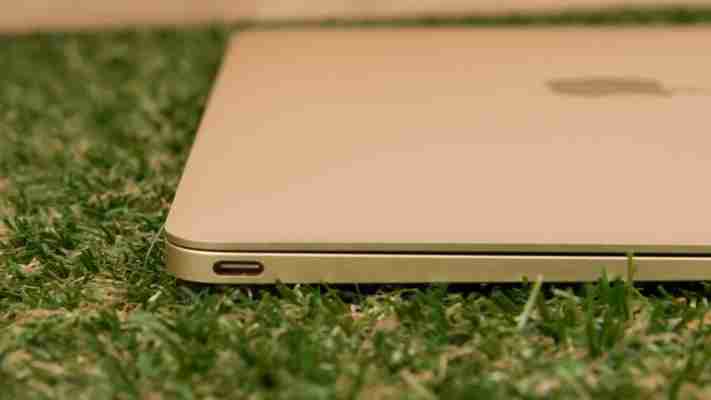
Force Touch will get even wider appeal - Richard Easton
While Apple has firmly brought force-based interaction into the mainstream, via the Apple Watch and iPhone 6S other manufacturers have used the new input method, such as the Huawei Mate S smartphone. Force Touch (often referred to by different names) sees harder touches register as secondary functions, such as peeking into apps without fully opening them. This is great for e-mails or Instagram. They’re a bit like a ‘right-click’ for touchscreens.
Having said that, to date even Apple hasn’t really made the most of Force Touch on its MacBook and Apple Watch, or the more capable 3D Touch on the iPhone. We can expect innovative new uses to come out of both manufacturers and app developers that can really take advantage of force touch. We might even see new haptic feedback technologies become reality, taking force touch to the next level in a more prominent way than the MacBook’s touchpad.
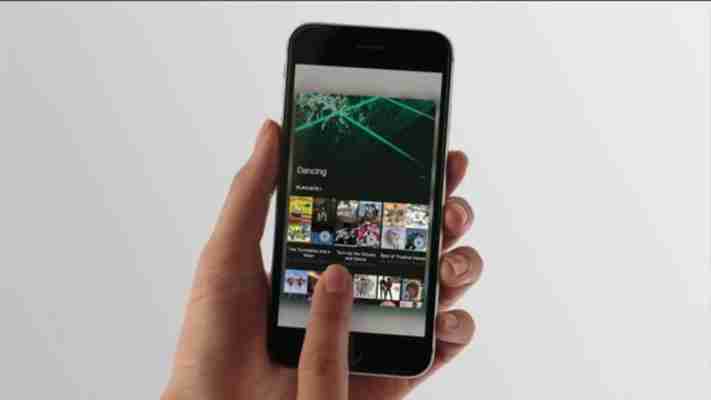
4K Blu-ray will bring Ultra HD in a big way - Katharine Byrne
It’s been a long time coming, but this year’s CES showed that 2016 could finally be the year that 4K Blu-ray gets off the ground. After years of deliberation, we now have an official specification from the UHD Alliance, an inter-industry group made up of the likes of Samsung, Netflix, and major Hollywood film studios, a UHD Premium logo to help customers identify which products will deliver the best 4K experience, and both Samsung and Panasonic have announced that they’ll be launching their first 4K Blu-ray players over the next few months. Add in ever-decreasing 4K TV prices, and there’s simply no excuse not to go 4K in 2016 - see our best TV guide for more information.
The only remaining piece of the puzzle is whether 4K streaming and 4K TV broadcasts will also hit the mainstream this year. We’ve already seen a few service providers make some in-roads here, most notably Netflix and Amazon via on-demand streaming, BT with its Ultra HD Sports channel and the BBC with its trial broadcast, but we’ve yet to see either of these really come into their own. 4K streaming content is still relatively thin on the ground, and there’s also the underlying problem of whether everyone has the requisite internet speeds in order to stream at 3,840x2,160 resolutions. While Sky Q could bring 4K to a lot more people by the end of the year, for most people with a 4K TV, Ultra HD Blu-ray is going to be the way to get super high-definition content.
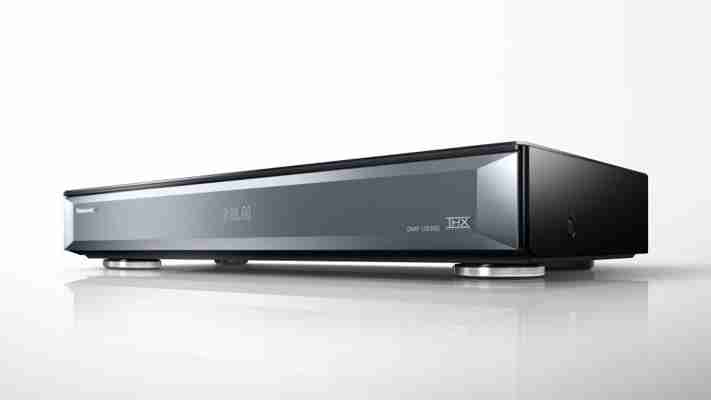
It’s make or break for VR - Seth
After numerous delays and development kit launches, 2016 is set to be the year of virtual reality. For starters, three of the biggest players will finally launch the consumer versions of their VR headsets. Oculus Rift , HTC Vive and PlayStation VR will all be targeting serious gamers. They won’t be cheap and they won’t be for everyone, but there’s far more than that at stake here than playing the next Call of Duty with a screen strapped to your face.
For starters, Google is putting greater efforts into its VR team, with its successful, low-tech Cardboard headset paving the way for mass adoption of the technology. Meanwhile Samsung’s new £80 Gear VR headset is a step-up in comfort with superior head-tracking abilities. So there’s an VR option for everyone.
If virtual reality takes off it could be seriously game-changing - VR games are just the beginning. VR tourism will let you try out far-flung locales before you pay to travel for real; VR could revolutionise buying a house, or let you attend a business meeting without flying; and it could also pack millions of fans into the best seat in the house, whether that’s the Royal Albert Hall, the Palladium, Centre Court at Wimbledon or Old Trafford - take your pick.
It’s an exciting new world of opportunities, but the technology has to be just right if it’s to come true. We’ll be testing every headset as it becomes available, trying out the best VR experiences and informing you where your money is best spent in what is the most exciting new frontier of entertainment.









